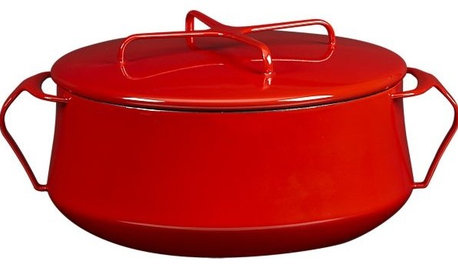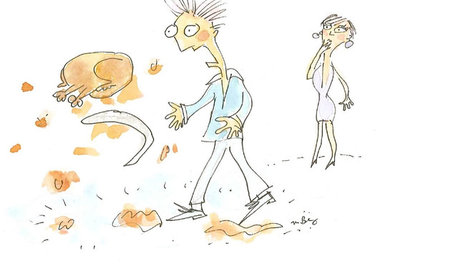Potato trouble
oklahomegrownveg
15 years ago
Related Stories

FOLIAGEGreat Design Plant: Ornamental Sweet Potato Vine
Versatile, fast growing, inexpensive and easy on the eyes, ornamental sweet potato vine has it all
Full Story
THE ART OF ARCHITECTUREDesign Practice: 11 Ways Architects Can Overcome Creative Blocks
When inspiration remains elusive, consider these strategies for finding your creative muse
Full Story
PRODUCT PICKSGuest Picks: Oven-to-Table Food Service
Serving food in the same dish it was cooked in means more time with guests and less time cleaning up
Full Story
MOST POPULARThanksgiving Tales: When the Turkey Tanks
Houzz readers prove adept at snatching victory from the jaws of entertaining defeat
Full Story
PETSSo You're Thinking About Getting a Dog
Prepare yourself for the realities of training, cost and the impact that lovable pooch might have on your house
Full Story
ENTERTAINING8 Stress-Busting Tips for Hosting Small Gatherings
Make entertaining easy with these ideas for casual get-togethers
Full Story
FEEL-GOOD HOMESimple Pleasures: Make Do and Mend
Experience the satisfaction of fixing, repurposing and creating things yourself around the home
Full Story
GARDENING AND LANDSCAPINGGet It Done: Clean and Prep the Patio
Haul out the hose and bid cobwebs farewell. It's time to renew your outdoor room for relaxing, dining and entertaining
Full Story
MOST POPULARHow to Get Rid of Those Pesky Summer Fruit Flies
Learn what fruit flies are, how to prevent them and how to get rid of them in your home
Full Story
MOST POPULARModern Party Etiquette for Hosts and Guests
Learn the mannerly way to handle invitations, gifts and even mishaps for a party that's memorable for the right reasons
Full StorySponsored
More Discussions






Okiedawn OK Zone 7
oklahomegrownvegOriginal Author
Related Professionals
Marina Landscape Architects & Landscape Designers · Oatfield Landscape Architects & Landscape Designers · River Forest Landscape Architects & Landscape Designers · Wakefield Landscape Contractors · Belmont Landscape Contractors · Lexington Landscape Contractors · Palm Beach Gardens Landscape Contractors · Plainview Landscape Contractors · Salem Landscape Contractors · Waltham Landscape Contractors · Bethany Decks, Patios & Outdoor Enclosures · Boise Decks, Patios & Outdoor Enclosures · Highland Springs Decks, Patios & Outdoor Enclosures · Lincoln Decks, Patios & Outdoor Enclosures · White Bear Lake Decks, Patios & Outdoor EnclosuresOkiedawn OK Zone 7
oklahomegrownvegOriginal Author
Okiedawn OK Zone 7